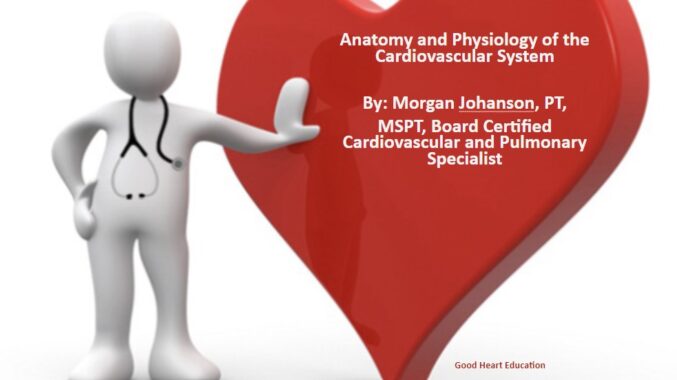Course Description: This course provides an advanced and detailed description of the anatomy and physiology of the human pulmonary system. It includes a thorough explanation of the bones, inspiratory and expiratory muscles of the thorax and how these structures move to all for both relaxed and deep breathing. Participants will learn the structures and purpose of the pleura, lungs, upper and lower airways. The innervation of the lungs, control of ventilation and the mechanics of breathing will be described. Concepts including lung volumes, physical properties, gas exchange, and ventilation and perfusion matching are explained in detail. You will also learn how oxygen and carbon dioxide are transported through the body. The information is presented with clinical examples for the practicing Physical Therapist to immediately apply to their evaluation and treatment of patients with cardiovascular disease.
Course Objectives: By the end of this course participants will be able to independently
- Identify the muscles of relaxed and forced inspiration and expiration,
- State the purpose of the structures in the upper and lower respiratory tract,
- Explain the innervation of the lungs,
- Describe the mechanics of breathing,
- List the physical properties of the lung, and
- Describe how oxygen and carbon dioxide are transported through the circulatory system.


